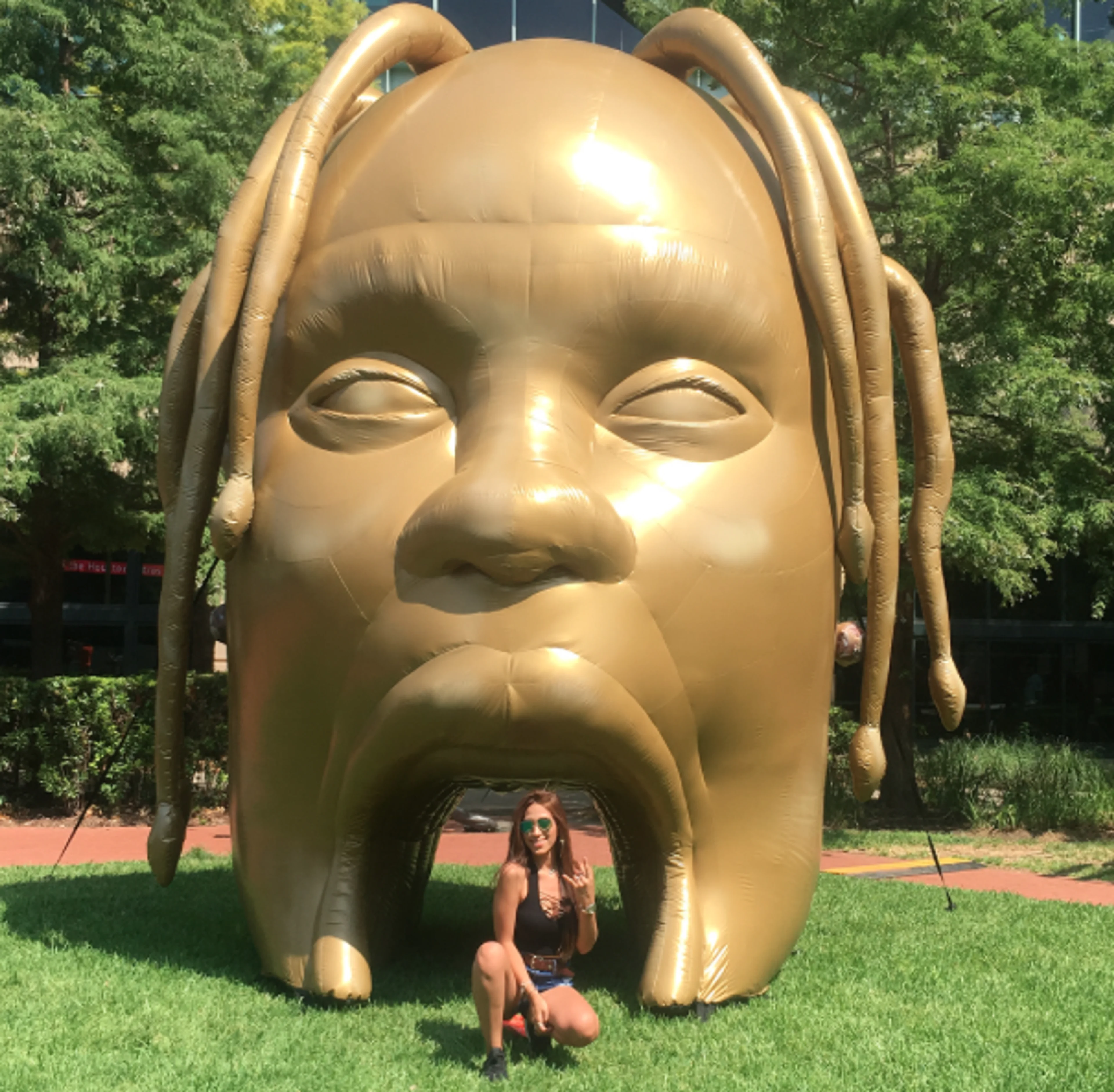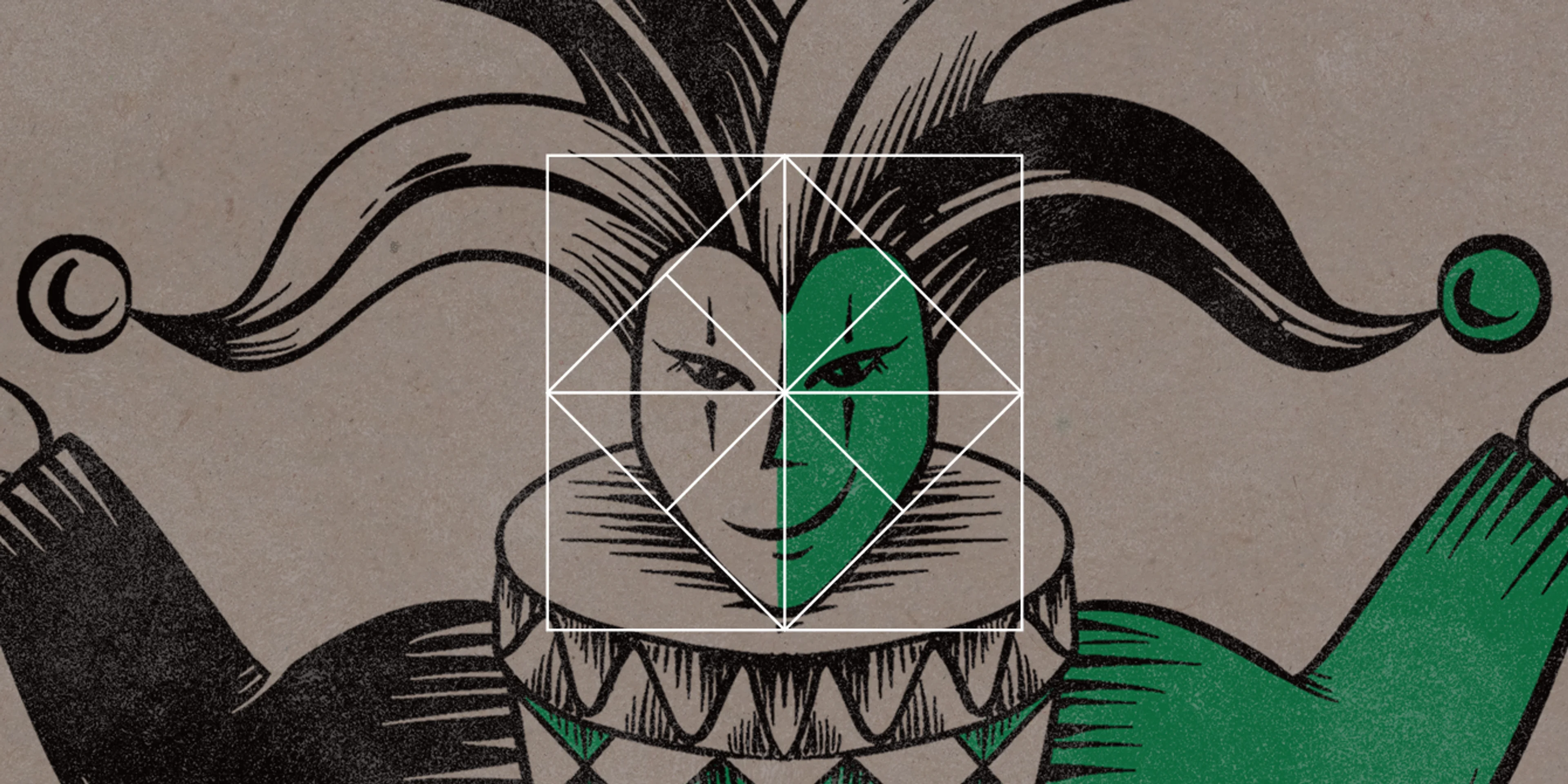Pennebaker's Digital Marketing Strategist Shares Insight on Travis Scott's Astroworld Campaign

The wonderful world of fun
For Houstonians, there are only a handful of landmarks that are still relevant, revered, and drum-up fantastical memories long after they are gone. Among that handful sits one fan favorite: Astroworld.
Opened in 1968, Astroworld was a theme park in Houston advertised as “The Wonderful World of Fun”. The Texas Cyclone was a park main attraction and at the time, one of the largest wooden roller coasters in the United States. Astroworld closed in 2005.
For Houston recording artist Travis Scott, it was fitting—and part of a highly-strategic marketing campaign—that he named his 2018 studio album Astroworld as a homage to the famed theme park. With the album title selected, part one of the campaign was complete: capture interest with provocativeness and by creating an emotional connection. Even for audiences outside of Houston, the Astroworld name conjured up a feeling/belief that one is going to experience Scott’s world–which to some, is highly-appealing.
With questions swirling, and online commentary building, “Why name it Astroworld? What does this mean? What is Astroworld?”, part two of the campaign was set in motion: show what it looks like. With this, Scott leaned on a mix of digital and analog media to evoke that sense of nostalgia. Large-scale billboards lining the highways reminiscent of summer vacation road trips. Web banner ads saturating the internet. Promotional videos showcasing Astroworld with a stylistic treatment of carousels and Ferris wheels - all helping to recreate his world and convey what it meant to him.
Part three of the campaign was where it got fun. Scott scattered giant, gold-painted, inflatable replicas of his likeness (complete with mouth agape and his signature hairstyle) across Los Angeles, New York City, Atlanta, and Houston. Scott created an experience that replicated a theme park entrance. Each gold head was large enough to walk through, and fun enough to inspire selfies on Twitter and Instagram. Even without the funhouse experience, it’s just plain hard to ignore a giant gold head on top of a building.

When the album released, Scott used the giant gold inflatable as the centerpiece for the album cover artwork. It debuted at number one on the Billboard 200, and spawned the hit single SICKOMODE, which Scott performed at Super Bowl LIII. The album itself generated interest, but the campaign truly made it into a conversation starter—and something people had to have.
Further, Scott turned this interest into action by shifting into the role of an ambassador, lending support to Houston sports teams, donating to community causes, and representing Houston across the country. Scott's deeds culminated in him receiving a “Key to the City of Houston” from Mayor Sylvester Turner.
In what may be the most lasting achievement of his campaign, Scott got Mayor Turner and the city thinking. Turner said, “Because of him (Scott), we want to bring another amusement park back to Houston. The city is currently in discussions with architects and developers and we hope to partner with investors who have an interest in making this vision a reality.
What say you? Do you believe these results are a matter of coincidence? Or, the result of an effective marketing campaign?
— The Pennebaker Team


